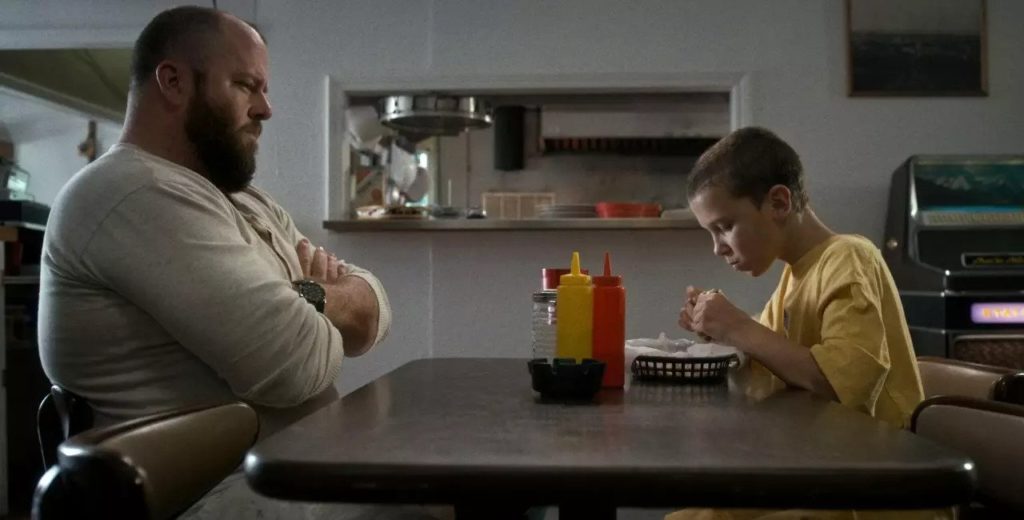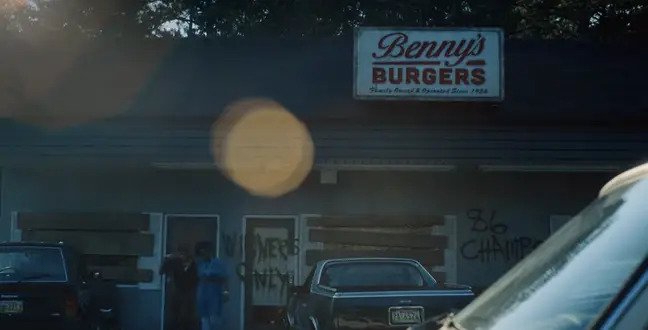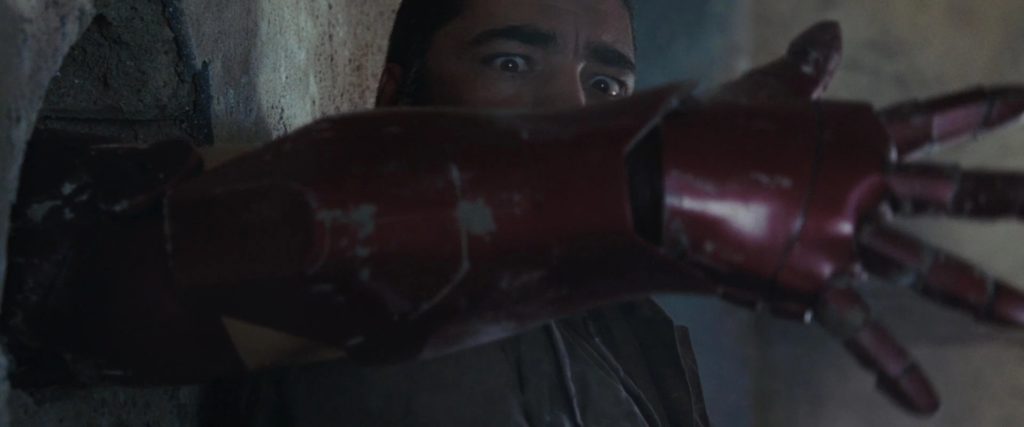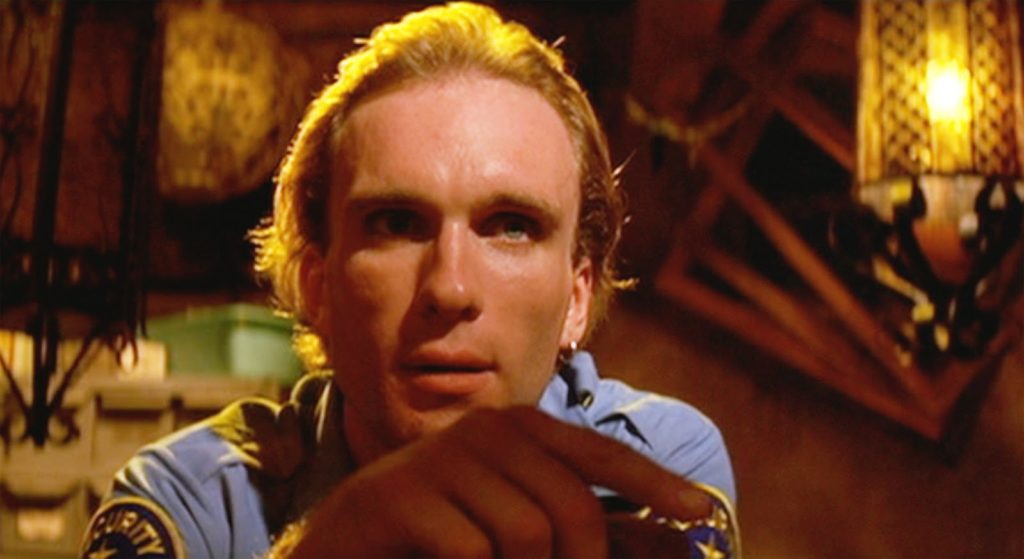Tertiary Characters: The Hidden Weapon of Master Filmmakers
Not everyone can be the main character – but that doesn’t mean they are any less important. Well written Tertiary characters are one of the features that separates the the best films from the pack.
While some films feature very few characters, it’s rare to see a film feature only feature the protagonist and primay characters.
Most films have the protagonist interact with multiple people, many of whom are only there to flesh out a scene or propel the narrative. So does that mean your minor characters are little more than a prop, an afterthought?
The art of filmmaking, of storytelling, is incomplete without well-crafted tertiary characters.
It’s easy to talk about Romeo and Juliet – but what about the quarreling family figures? While the protagonists may be the spotlight in the world, tertiary characters are narrative-driving gears that keep your plot moving.
A tertiary character is sometimes referred to as the third most important character in a story. They often only pop up in a scene or two, perform a plot-relevant function, and then leave for good.
However, these characters are far from extraneous: they are essential to the fluidity, cohesiveness, and development of the other characters and plot line. Well-written tertiary characters are essential for writers to maintain credibility, pique watchers’ interests, and establish authenticity.

What is a Tertiary Character?
In film and literature, there are three main types of characters — primary, secondary, and tertiary — that, when appropriately executed, leave watchers and readers mesmerized.
Their functions are as follows:
- Primary character — They’re the major players. They appear in multiple scenes throughout the movie and are the focal point of the plot and crucial subplots.
- Secondary character — They are supporters, often showing up in fewer scenes than the primary character with a narrower narrative scope.
- Tertiary character — They appear in one or two scenes for a single purpose.
Even though most viewers will pay extreme attention to the primary characters, the secondary and tertiary characters should be fully fleshed out for the scene to feel authentic.
How to Spot a Good Tertiary Character
Sadly, scriptwriters often overlook their tertiary characters, failing to put enough thought into their development.
The best tertiary characters will make you consider their backstory and what they might do next.
If you’ve ever watched a movie and felt frustrated about not seeing “that one character” again, you’ve spotted an extremely good tertiary character. Hats off to the writer!
Examples of Tertiary Characters
If you’re looking for an example of a tertiary character in film or television, you’re in the right place. These characters exemplify a well thought out tertiary character – their actions matter, and drive the story along in their own right.

Benny Hammond Stranger Things
11, one of the protagonists of netflix’s Stranger Things, escaped from a nightmarish situation – but was tailed. Benny was one of her first encounters and suffered an unfortunate price for being in the wrong place at the wrong time.
Benny’s character furthered the plot in multiple ways: He served as a staging ground for the newly introduced 11 – and was killed for it. His characters death served to demonstrate the peril that 11 faced; it was also the plot element that brought other major characters into the ’11 narrative arc’.
What we like: Benny is the Owner of Benny’s Burgers. His death has rippling effects on the world, from highlighting the stakes, involving the police, and most recently, being a plot element again:


Abu Bakar Iron Man
Remember this scene from the original Iron Man?
The first Iron Man released on May 2, 2008, and it’s success preceded the Billion Dollar Marvel movie empire you see today.
While Abu didn’t get a lot of screen time, he didn’t need to – he was a stepping stone. Tony Stark (Iron Man’s protagonist) had been a rich playboy – but his encounters with Abu paved the way for him to become a hero.
What we like: Abu’s character is the figurehead for Tony Stark’s arc, and plays a central role in his transformation, all with the minimal screen time notable of all tertiary characters.

Zed Pulp Fiction
Like most of Pulp Fiction, there’s not a pleasant way to describe Zed’s character – he’s a creep.
Two of the film’s main characters (Butch and Marcellus) are actively fighting when they are knocked out and captured by Zed and his… companions. They proceed to physically assault Marcellus, with Butch being next in line.
Luckily, Butch is able to escape and save Marcellus. This ordeal overshadows their earlier disagreement, and concludes the antagonism between the two.
There are few scenes as memorable, and tense, as this basement scene – and Zed is the lynchpin.
What we like: Zed is just… believable. The helplessness of the main character at the mercy of a deranged shopkeeper is so genuinely creepy, and our characters are permanently changed after their brief interaction.
The Bottom Line: A Tertiary Character Isn’t a Placeholder
Film writers who pay attention to their tertiary characters and don’t treat them like placeholders gain the most respect and amass more love than those who fail to create authentic ones.
Every character, regardless of their role, deserves careful consideration to keep viewers coming back for more.
If you’re ready to film the next Pulp Fiction, we want to help! Check out our funding contests today and fund your film!
References
20 of the Greatest Minor Characters in Cinema
Tertiary Characters: The Unsung Heroes of Cinema.